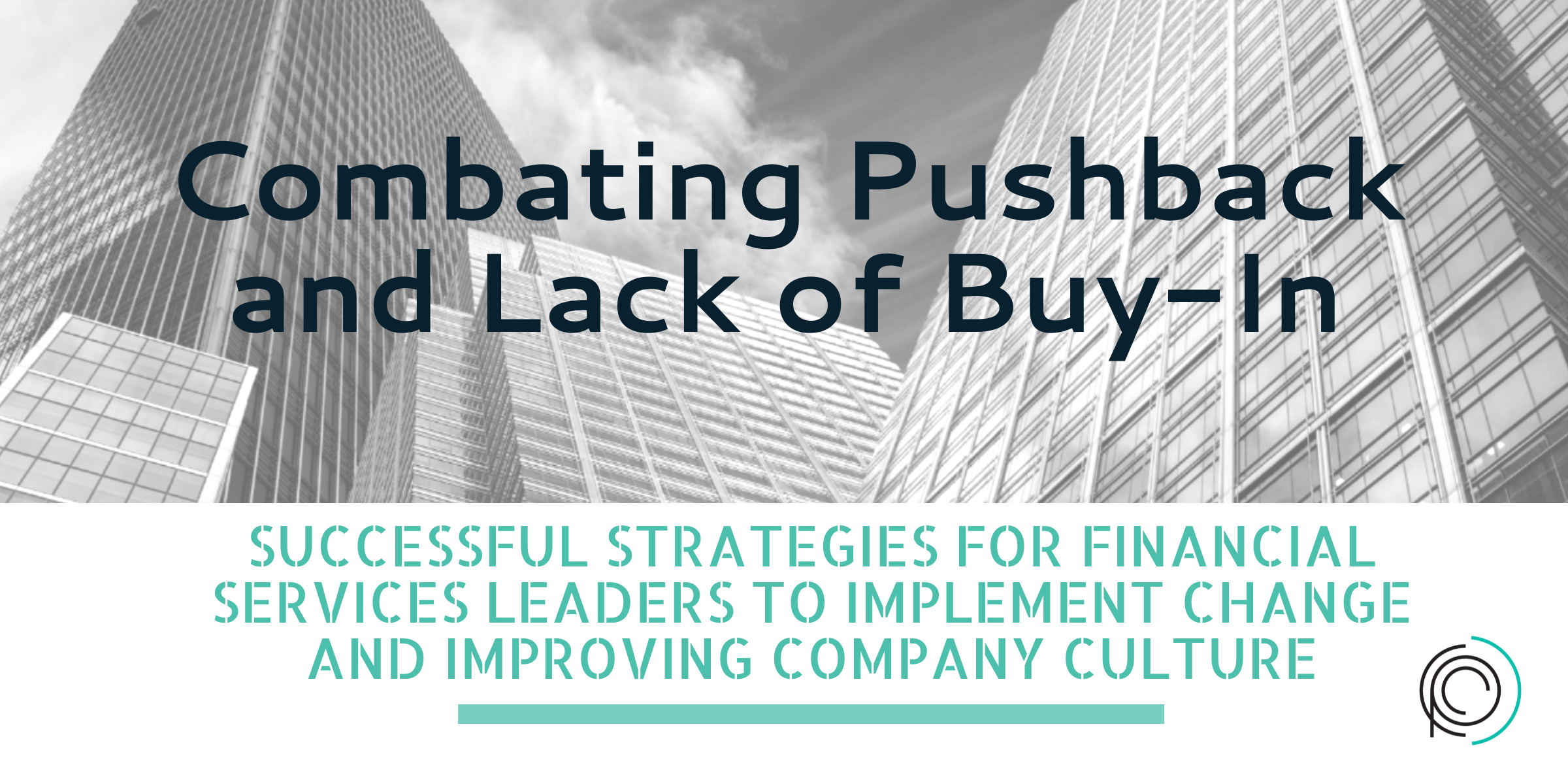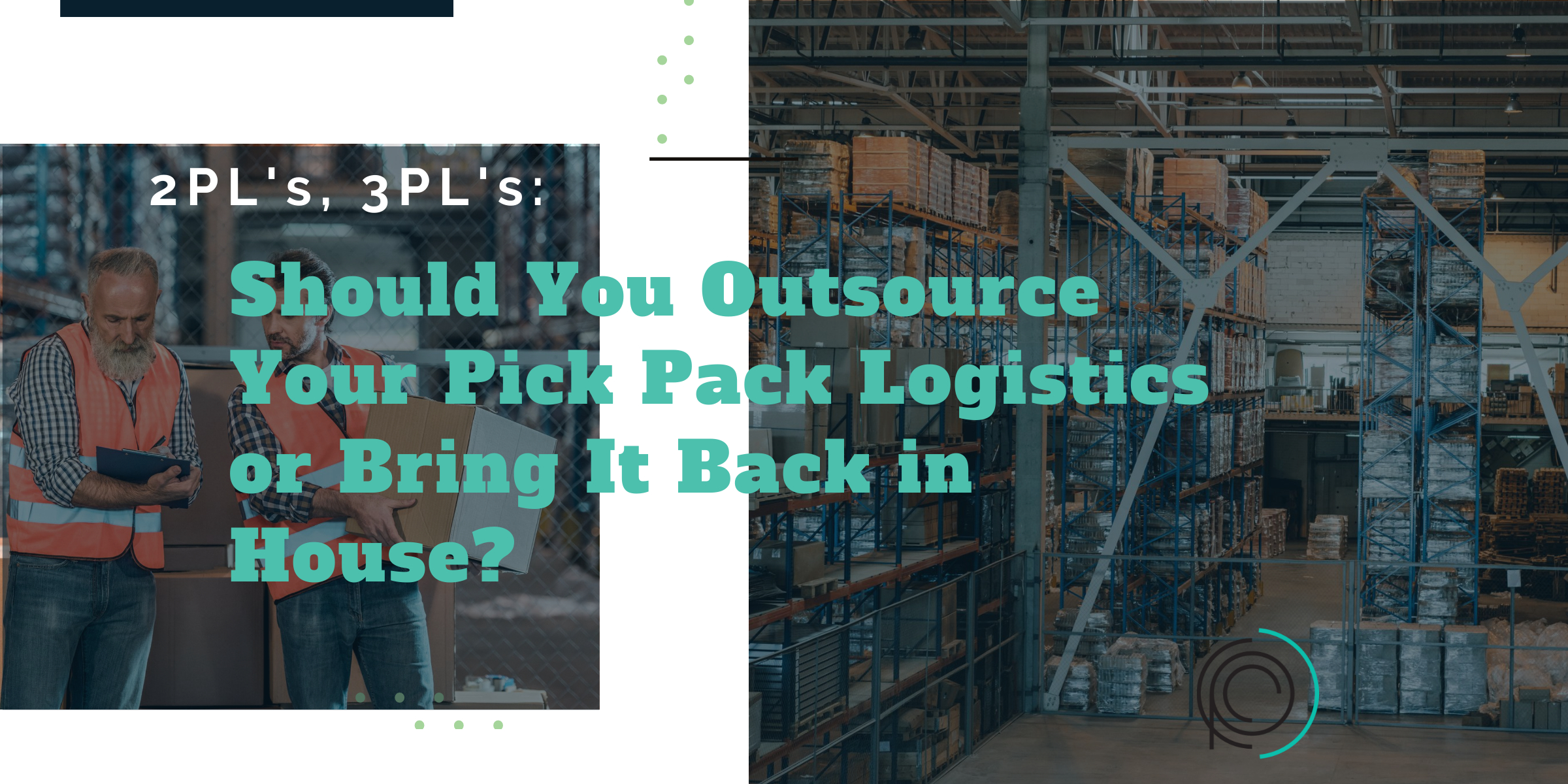According to the latest data from the Bureau of Labor Statistics (BLS), the manufacturing industry experiences an [annual separation rate of 39.9%], which is significantly lower than the national average of 47.2%. This figure illustrates the number of separations, including quits, layoffs, and discharges, as a percentage of total employment within the same period. If you find that your organization’s separation rate is exceeding this industry average, or if you’re simply concerned about the level of turnover within your company, it’s a clear indicator that it’s time to implement some changes. Evaluating and enhancing your retention strategies could be the key to reducing turnover and improving overall employee satisfaction and loyalty in the long run.
Losing one employee from your company may initially seem like a minor setback, but when viewed on a larger scale, the financial ramifications can be staggering. In industries such as manufacturing, where the success of operations heavily depends on the skills and reliability of its workforce, the loss of trained workers can disrupt quality standards, equipment maintenance, and the seamless flow of the supply chain. High turnover not only affects productivity but also places a continuous strain on resources as the company must invest in recruiting, training, and integrating new employees frequently. To mitigate these challenges and reduce turnover, it’s crucial to understand the underlying reasons why employees leave and to develop strategies that foster a more satisfying and engaging work environment. This might include offering competitive compensation, opportunities for professional development, a supportive company culture, and effective communication channels that make employees feel valued and part of the team’s success.
Invest in training
Nobody wants to find themselves stuck in a job where confusion reigns and support is nonexistent, especially in fields that demand a high degree of technical knowledge and carry inherent risks, like the manufacturing industry. In such environments, feeling lost or unsupported can not only undermine an employee’s confidence but also pose serious safety risks. This is where the importance of comprehensive training comes into play. Implementing an in-depth training program from the moment a new employee joins the company is crucial. It ensures that every team member is equipped with the necessary skills and knowledge to perform their duties safely and efficiently, fostering a workplace culture of competence and mutual support. Good training doesn’t just prevent misunderstandings and accidents—it also enhances overall productivity and job satisfaction, laying the foundation for a safer, more efficient, and harmonious work environment.
Ideally, they offer a variety of development and training options. The most obvious is the traditional training that people usually get during the onboarding process, which may involve learning the theory in a classroom or being walked through crucial processes. But you don’t need to stop here. Technology has made it easier than ever to offer virtual learning environments where employees can refresh their memory and take their learning beyond the minimum.
It’s incredibly beneficial to assign each new recruit a “mentor” figure upon their arrival. This mentor serves as a go-to resource for any questions or concerns the new employee might have while navigating their responsibilities. The presence of a mentor ensures that the recruit feels comfortable seeking guidance without the worry of being a nuisance. This strategy not only fosters a supportive work environment but also significantly enhances the newcomer’s sense of being valued within the team. To further boost this feeling of worth and to monitor the recruit’s integration and development, it’s advisable to schedule regular one-on-one meetings between the mentor and the recruit. These sessions provide an excellent opportunity to discuss the recruit’s progress, address any challenges they might be facing, and set goals for their continued growth within the company.
Ease in physical efforts
Working in manufacturing presents unique challenges that are often tougher to navigate compared to other sectors. In today’s job market, a significant number of roles have transitioned to being desk-bound, involving extensive computer use, and in some cases, offering the luxury to work from the comfort of one’s home. This shift towards digital and remote work environments starkly contrasts with the nature of manufacturing work, which remains inherently physically demanding. Manufacturing jobs require not only a high level of physical stamina but also the ability to work in environments that can be noisy, hot, or cold, demanding a different kind of resilience and dedication. This physical aspect, combined with the need to operate machinery, manage materials, and adhere to strict safety protocols, underscores the unique challenges that manufacturing workers face on a daily basis.
Working in manufacturing offers a unique set of challenges and experiences that are vastly different from those encountered in a traditional desk job. However, the landscape of manufacturing is changing, and advancements are being made to streamline operations and improve worker comfort. It’s essential to regularly review your processes and consider integrating modern technologies that could significantly reduce the physical strain on your team.
Consider the last time you took a close look at your operational processes with an eye toward innovation. There are several technological solutions and ergonomic improvements that can make a substantial difference in the day-to-day experience of your manufacturing team, such as:
- Mobile-powered workstations enable workers to easily move between different areas of the facility without losing access to critical information or tools, greatly enhancing efficiency and flexibility.
- Height-adjustable workstations offer the versatility for workers to switch between sitting and standing positions, which can reduce strain and improve comfort throughout long shifts.
- Investing in anti-fatigue floor mats or specially designed shoes can help alleviate the discomfort associated with standing for prolonged periods, directly impacting worker well-being and productivity.
- Enhancing the comfort and amenities in rest areas can significantly boost morale, making breaks more rejuvenating and supporting overall job satisfaction.
By implementing these strategies, you not only help to reduce the physical workload on your team members, but you also play a crucial role in fostering a work atmosphere that is both more positive and productive. This approach can lead to increased job satisfaction, higher levels of engagement, and ultimately, a more successful and harmonious workplace.
Open the lines of communication It’s entirely feasible to speculate about what your employees might prefer or to attempt to deduce the reasons that could have led them to consider leaving. However, the most effective method to truly understand their needs and concerns is by directly engaging them in conversation. Engaging with your employees through open and honest dialogues can uncover invaluable insights into their motivations, aspirations, and potential issues within the workplace. This approach not only fosters a culture of transparency but also empowers employees, making them feel valued and heard.
Encourage your team to openly share their greatest concerns about their job and express what areas they believe you could improve upon. Are they feeling stagnant due to a lack of career progression opportunities? Is there insufficient support from management or colleagues? Was the job description not accurately reflective of their actual day-to-day responsibilities in the role? It’s crucial not to treat these questions as a one-off conversation. Instead, make it a regular, ongoing part of your operational strategy to ensure continuous improvement and employee satisfaction. This approach not only helps in identifying areas for improvement but also fosters a culture of transparency and mutual respect within the team.
Consider holding company-wide meetings, having one-on-one talks between employees and their managers, or even giving everyone the opportunity to submit anonymous feedback.
Prepare to enlist help
If, after implementing the strategies mentioned above, you find that your organization is still facing challenges with a high employee turnover rate, it might be prudent to consider seeking external assistance. Bringing in a consultant with expertise in organizational behavior and employee retention could provide you with the insights and strategies necessary to address and mitigate the underlying issues contributing to your staff’s departure. This step could be crucial in identifying the root causes and developing a comprehensive plan to improve employee satisfaction and loyalty.
I understand that adapting to this change could pose a challenge for your team. They might perceive the introduction of a consultant as a critique of their current performance or fear it represents an added obstacle to their daily tasks. It’s important to acknowledge these concerns and ensure that the team understands the consultant’s role is intended to enhance, rather than complicate, their workflow.
It’s best to approach the situation by being transparent about exactly what to expect from the process and reassure them the consultant is here to improve their jobs — not make it more difficult. Also, involve everyone in making the schedule to work with a consultant.
Invest in the future
Few aspects are more crucial for the success of an organization than assembling a team you can rely on, one that’s deeply committed to maintaining high-quality standards and truly invested in the prosperity of your business. Building such a team may require significant effort, extensive training, and a keen eye for talent, but the investment is well worth it. In the long run, a dedicated and skilled team not only enhances productivity and innovation but also fosters a positive work culture, ultimately leading to sustained growth and success for the organization.
Part of this preparation is about choosing the right consultant. We have experts in the manufacturing industry who can work with you to reduce your employee turnover. To find out more or book a consultation, get in touch with us today.







